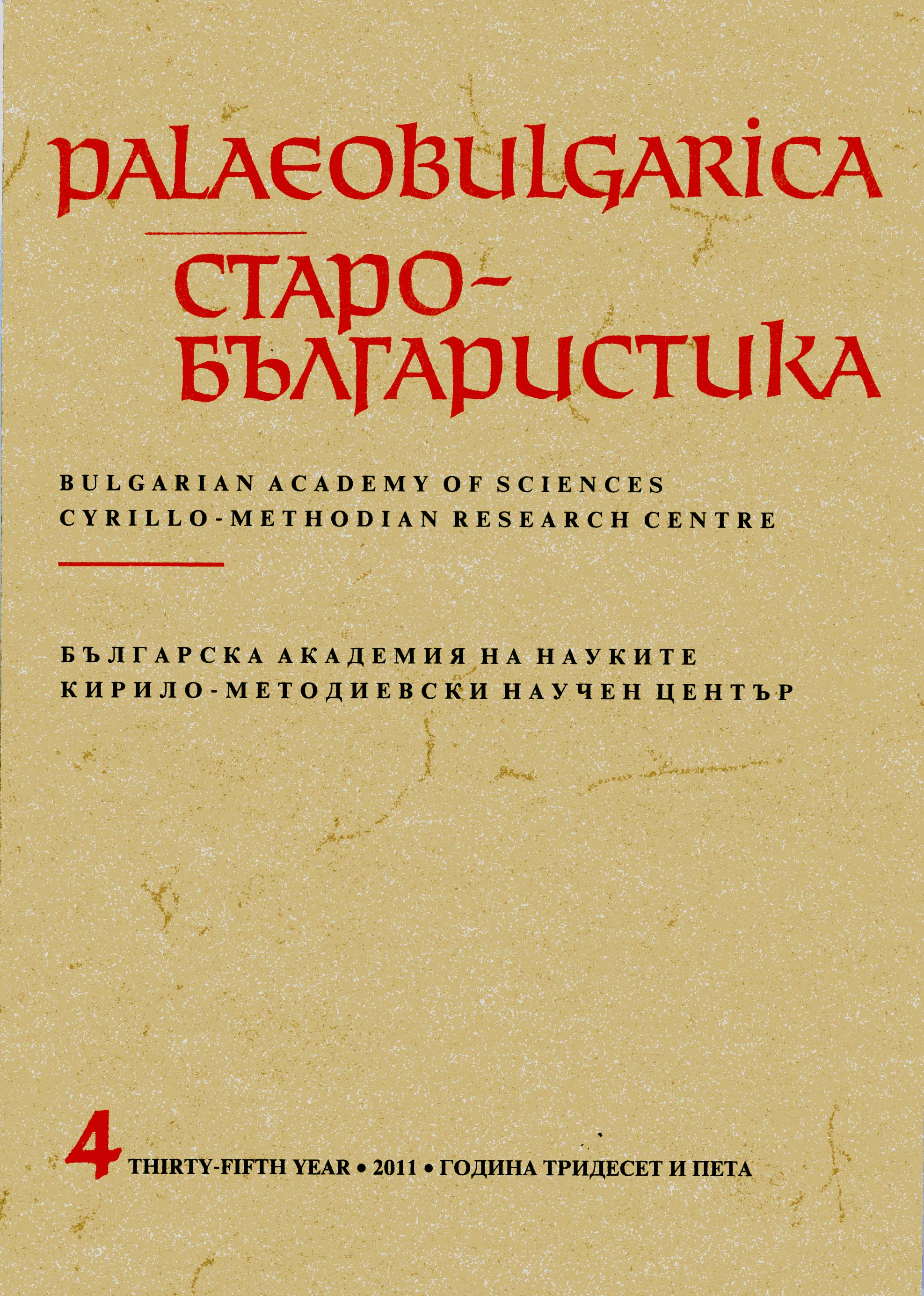Тырново как „Новая Фессалоника“: Святость солунской базилики в „Молитвенном доме“ великомученика Димитрия Солунского
Tarnovo as “New Thessalonica”: The Sanctity of the Thessalonican Basilica in the “Meeting-House” of the Great Martyr St. Demetrius
Author(s): Anastasia DobychinaSubject(s): Christian Theology and Religion, Middle Ages
Published by: Кирило-Методиевски научен център при Българска академия на науките
Summary/Abstract: The article focuses on the hypothesis of the reproduction of the sacred image of Thessalonica in the Bulgarian fortress of Tarnovo during the uprising of the brothers Peter-Theodore and Assen-Belgun against Byzantine rule (1185-1186). The aim of the article is to investigate why it was the image of Thessalonica that the brothers used and how they managed to do this. The investigation shows that by the end of the 12th century the Bulgarian mind associated the city of Thessalonica with significant events in Bulgarian history and with the cult of St. Demetrius which was very popular in the Balkan Peninsula. According to the account of the famous Byzantine historian Nicetas Choniate, two Bulgarian nobles, the brothers Theodore-Peter and Assen managed to convince Bulgarians that St. Demetrius had left his native city Thessaloniki, didn't want to live with the Romans any more and came to Bulgaria to help the Bulgarians in their struggle against Byzantine rule. It appears that Peter-Theodore and Assen-Belgun organized the celebration of St. Demetrius' Day in Tarnovo and demonstrated to the people, gathered in the new church of the saint, the icon of St. Demetrius and some parts of his holy relics. These components: the church, the icon, the holy relics and probably the ritual procession, connected with the celebration of St. Demetrius' Day, might have been specific hierotopic instruments used to reproduce the sacred image of Thessalonica and its famous basilica. A similar hierotopic project was realized in the church of St. Demetrius by the Grand Duke Vsevolod of Vladimir approximately at the same time. But in contrast to the hierotopic ensemble of Vladimir the project of Peter-Theodore and Assen-Belgun was intended to legitimize their power and to win over the Bulgarians, who took part in the economical and political life of the Empire and were thus well acquainted with its religious practice.
Journal: PALAEOBULGARICA / СТАРОБЪЛГАРИСТИКА
- Issue Year: 2011
- Issue No: 4
- Page Range: 24-40
- Page Count: 17
- Language: Russian
- Content File-PDF

